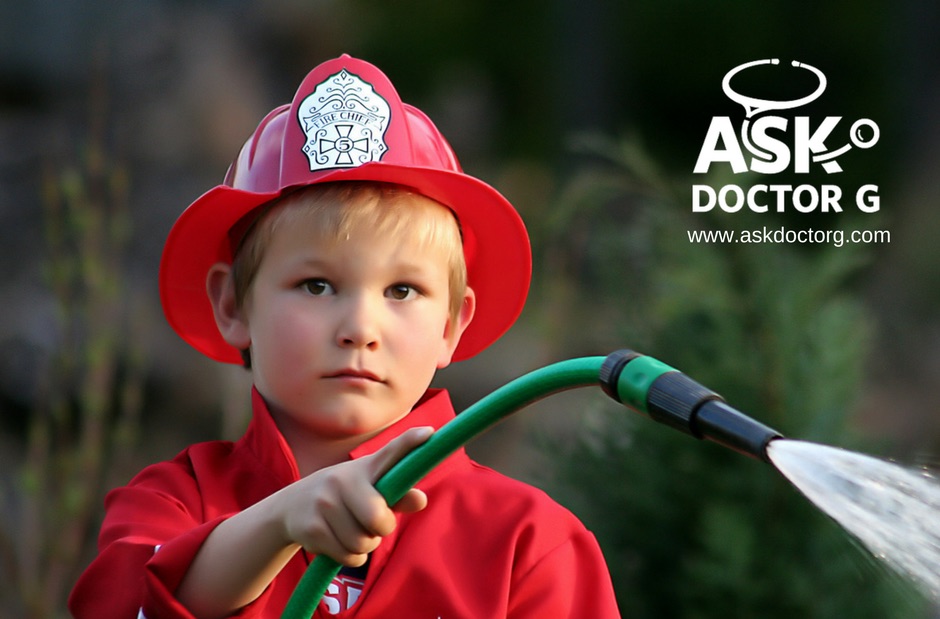Fire safety is usually something your kids have been exposed to in school. Schools often have a fire prevention week where local firefighters will come in and give them ways to keep their family safe. For a few weeks after, you will hear them recite and sometimes correct you when they see situations that may be a fire hazard, but after a few weeks or months those reminders and rules can be forgotten.
Is fire prevention and safety something you are discussing with your child regularly? Use their knowledge to build on your own and improve their sense of responsibility as well as resilience.
Here are some alarming stats from the National Fire Protection Association (NFPA):
- Half of home fire deaths result from fires reported between 11 p.m. and 7 a.m. Only one in five home fires were reported during these hours.
- One-quarter of home fire deaths were caused by fires that started in the bedroom. Another quarter resulted from fires in the living room, family room or den.
- Three out of five home fire deaths happen from fires in homes with no smoke alarms or no working smoke alarms.W
- On average, seven people die in U.S. home fires per day.
- Cooking equipment is the leading cause of home fire injuries, followed by heating equipment.
How many of those statistics shock you? The truth is, many adults don’t know enough about fire safety. So this is a great time to get your kids to teach you, and to learn together.
First, before you read more….. take your child and have a quick look through your home to answer these questions:
- Do you have smoke alarms?
- Do you have a Carbon Monoxide Detector?
- Are they working? Put in some ear protection and have your child do the same. Then push on the test button on the smoke alarm, if it doesn’t sound, it doesn’t work)
- Have your child help you replace the batteries, and together write down which batteries are needed and the date you replaced them. You can even have your child set an alarm in your phone for this day next year to make sure you check again!
- Do you have a fire escape plan in place for your family? Where could you get out to safety if you were on the first floor, second floor or basement/attic?
Once you have working apparatus and an escape plan in place, this infographic has more information you should know and talk about with your kids.

Fire Safety by Radiator Valves 4u.
Do you have a safety plan in your home, or you’re not sure how to make one? Check out the resources here. Join the conversation on Facebook or Twitter!




